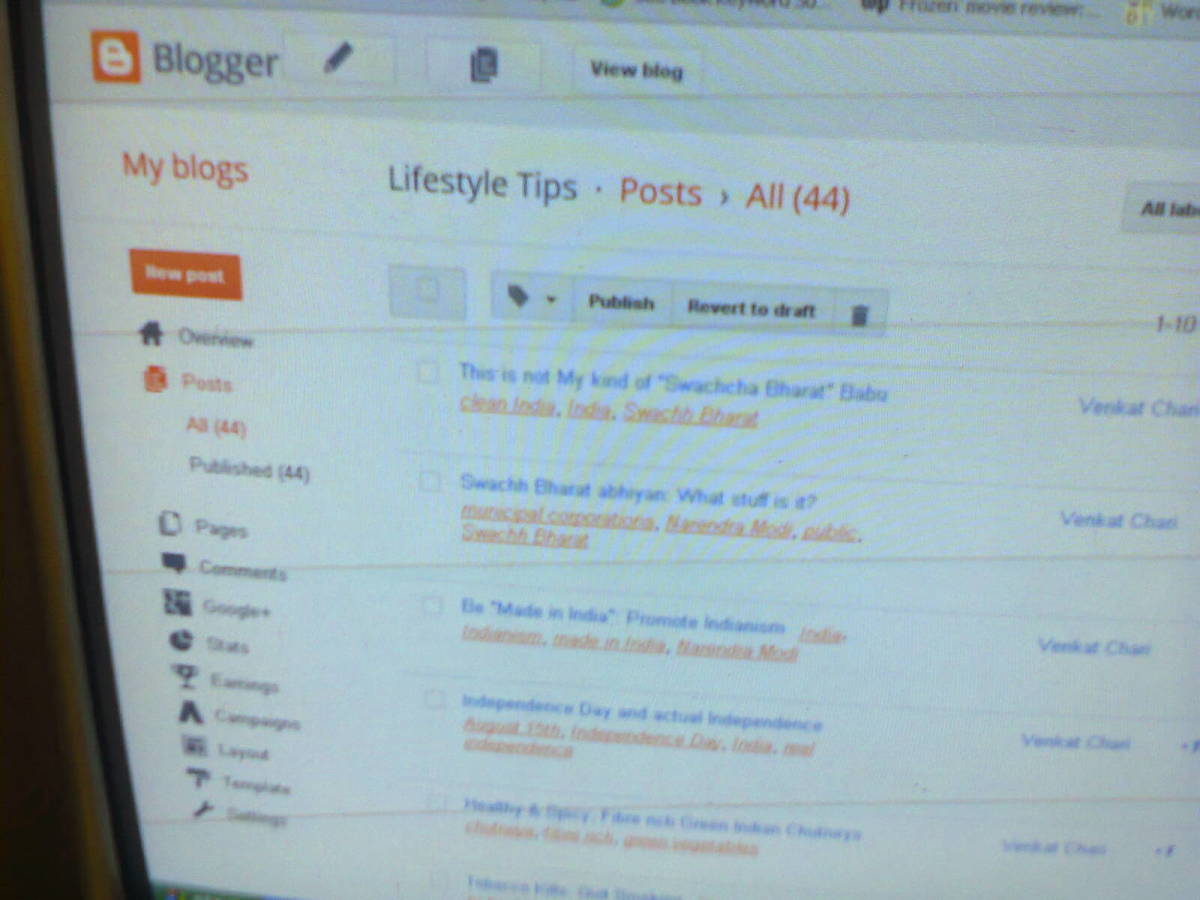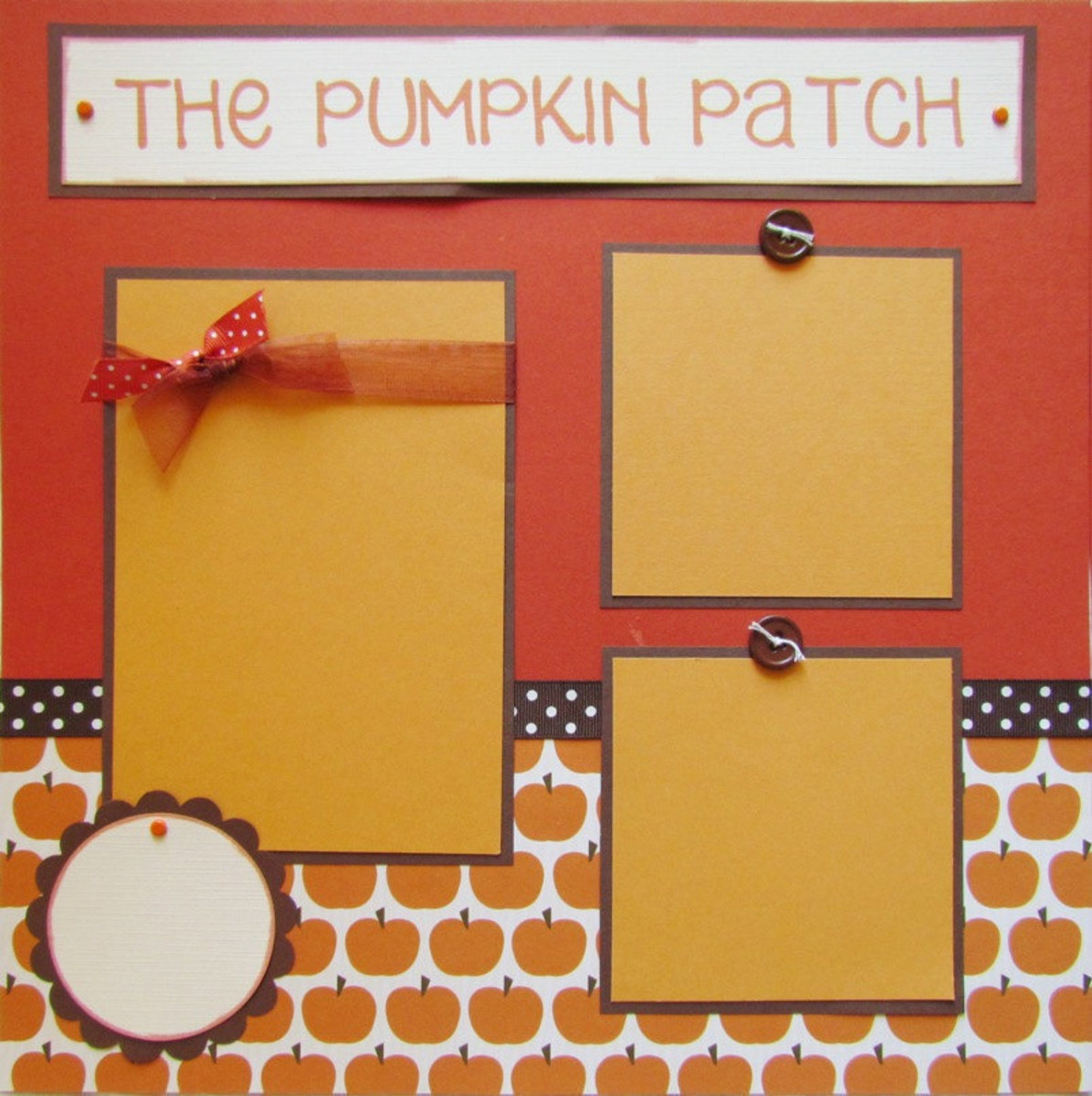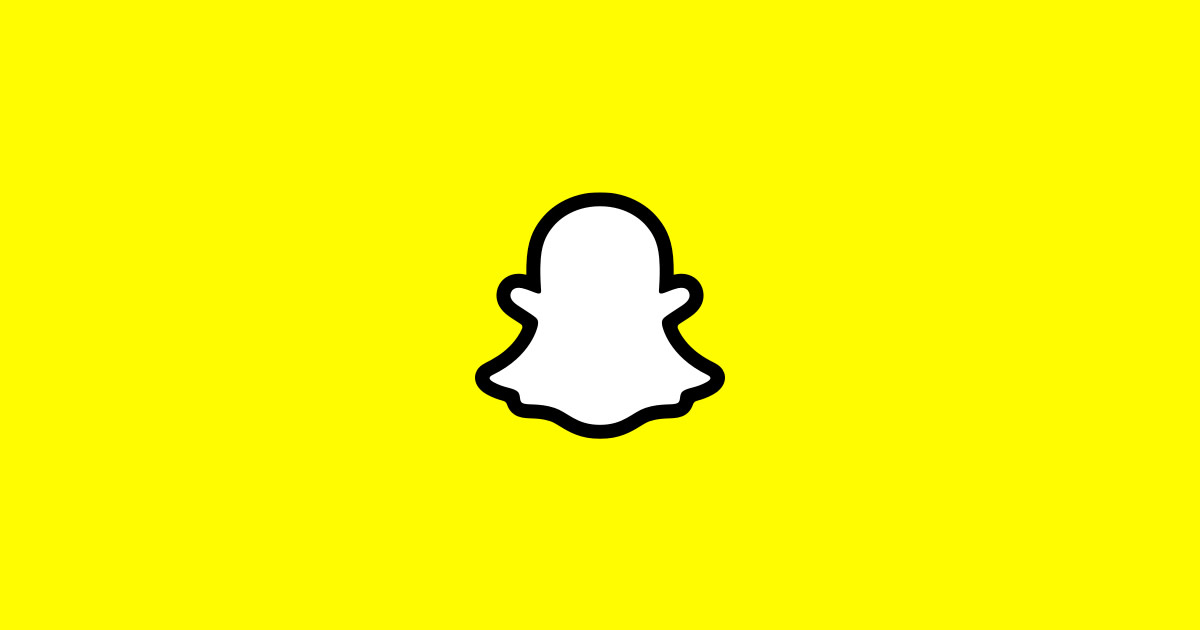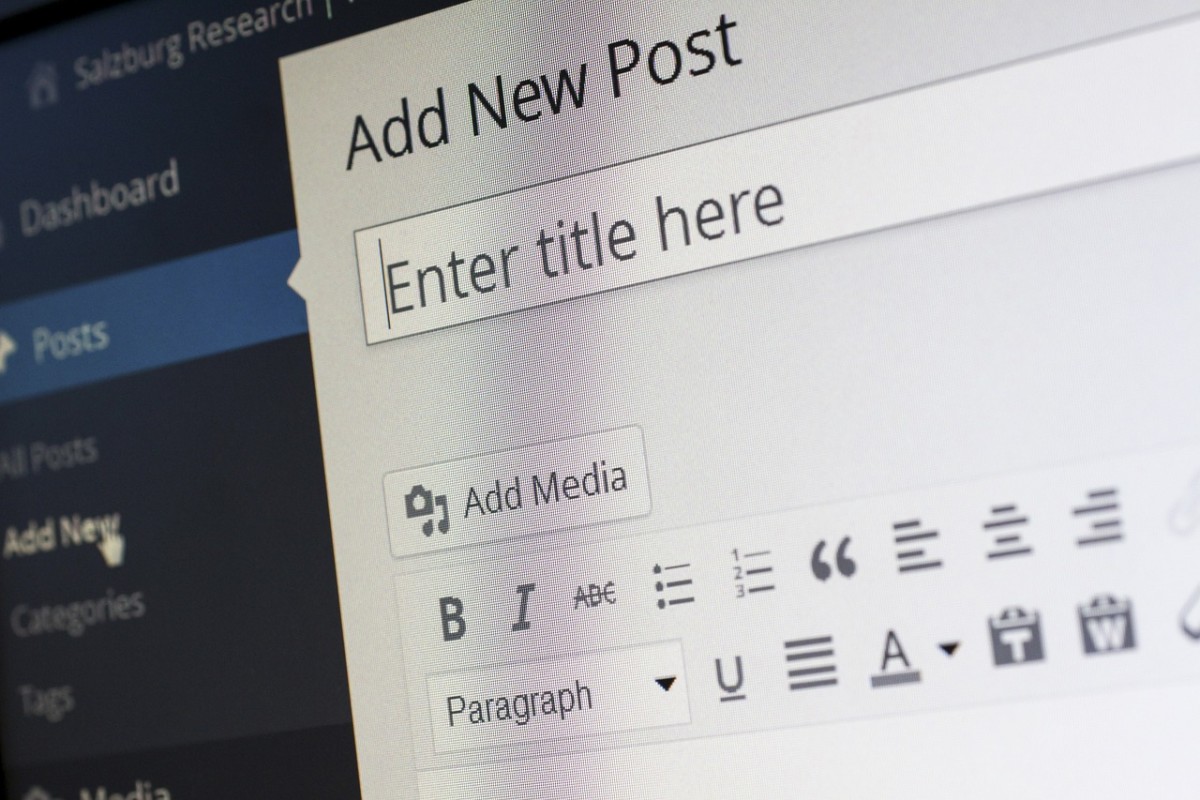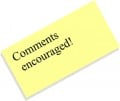What's A Squeeze Page? And Do I Need One?

What Is A Squeeze Page
A squeeze page is an essential requirement for today's Internet marketers looking to build their lists.
Even if you already have a business blog, creating a dedicated squeeze page to capture leads could improve your visitor conversion rates dramatically.

I Have Set Up A Business Blog, Do I Need A Squeeze Page As Well?
In case you're not sure what a squeeze page is, let me briefly explain. It's a single web page whose sole purpose is to entice your visitors to part with their email address in order for you (the business owner) to build your list.
If you've been around Internet marketing for a while, I'm sure you will have heard the saying "the money's in the list" - the mantra of every online entrepreneur.
Now having a commercial blog can be a great way to connect with your customers, build trust and develop solid ongoing relationships. But when your main aim is to build a 'list', you need a dedicated squeeze page too.
Why?
Because on the whole, blogs don't convert well. You could have an opt-in form on your blog or website where people can sign up for your free ebook/ download/ CD, but you won't get nearly as many people signing up for your offer, as if you had a single squeeze page set up for the same purpose.
On average, between 5 and 9 people out of every hundred who visit your blog will sign up for your offer. It's a pretty poor conversion rate right? This is because your blog or website generally has too many distractions and too little focus. People will click on the sidebar; they will jump from one section of your site to another as the mood takes them. You may also have embedded multiple links to other websites and before you know it, your visitors have left the page - for good.
With squeeze pages the odds of getting a sign up are dramatically increased in your favour. Squeeze pages can attract anywhere between a 60-70 per cent success rate on average - sometimes more.
But I've heard Google doesn't like squeeze pages . . .
Technically speaking, Google has never outlawed squeeze pages - for example you could use a pay-per-click campaign to send targeted traffic to your squeeze page. In any case, no business owner should be reliant on one form of marketing (or one search engine) to bring in more customers.
Giving your squeeze page an educational feel by using a video for instance could win you favour with Google. And aside from using AdWords to send visitors to your site, you can use other methods to promote your squeeze page such as Facebook and Twitter campaigns, solo ads and of course, through your blog posts. You can also promote your squeeze page on your business cards, brochures, direct mail and press releases.
How can I create a squeeze page? It all sounds a bit daunting.
If creating a 'lead capture' page is something you want to have a go at yourself, it's worth checking out software that can help you .
You might prefer to outsource your squeeze page(s) to an expert.
Or for a more individual service, have a chat with your local or online marketing agency, who will be pleased to advise you further.
Great Stuff on Amazon

The 4 Elements Of Highly Successful Landing Pages
If your web designer has told you how tricky it is to create a state-of-the-art landing page that converts like crazy, well you know what to do next . . . fire your web designer! And take the advice of your local marketing company instead.
You see, creating a great-looking, high-converting landing page for your business is really not all that difficult, providing you follow the basic ‘rules’.
There are 4 main elements (or pillars) you need to consider. These are:
1. A Headline that Grabs Your Visitors
Without an attention-grabbing headline, frankly you’re sunk, because your visitor will already have clicked on another site to find whatever he is searching for. Your headline should feature your key benefit in a bold font and/ or colour.
Top Tip: write your headline after the body copy – and don’t rush the process – because having a great headline is vital to the overall success of your landing page.
2. Bite-sized Chunks of Body Copy
If you’ve ever suffered from ‘text-overwhelm’ – that is, being faced with a web page that’s stuffed with line after line of dense black type, you’ll realise just how daunting (and off-putting) this can be.
Make your paragraphs easily digestible and pander to the skim readers in your audience, and your content will be all the more readable and engaging for it.
3. Include Visually-appealing Content
With the web ever-increasingly becoming a more visual place, introducing graphic elements and video can affect your conversion rates dramatically. It has been predicted that the use of colour in marketing will become more important than ever before – only don’t overdo it.
4. Call to Action
Are you amazed by how many landing pages you come across which don’t have a clear ‘call to action’? At least, if they do it’s well hidden. A common practice is to include two CTAs – one near the top of the page ‘above the fold’ and one further down ‘below the fold.’
You will no doubt have come across landing pages (usually in the form of sales letters) which repeat the call to action after every other paragraph. Many people would consider this overkill, and rather than prompt them to act, it could do the complete opposite.
So these are the 4 Elements Of Highly Successful Landing Pages, but there’s one other element you must also include:
Split Testing (or A/B Testing):
No serious business owner should create just one landing page in isolation. At the very least you should create two and change one element on the second. One of the best (and simplest) things you can do for your product or offering, is to try out two different headlines over a three-month period and see which performs best.
The results might just astound you.
Done well, landing pages can be superb lead-capturing devices that lead to more direct sales. Talking to one of your local or online marketing companies is your one-stop-shop for commissioning bespoke landing pages – and a whole lot more besides.


